How to Eliminate Rust from Knives
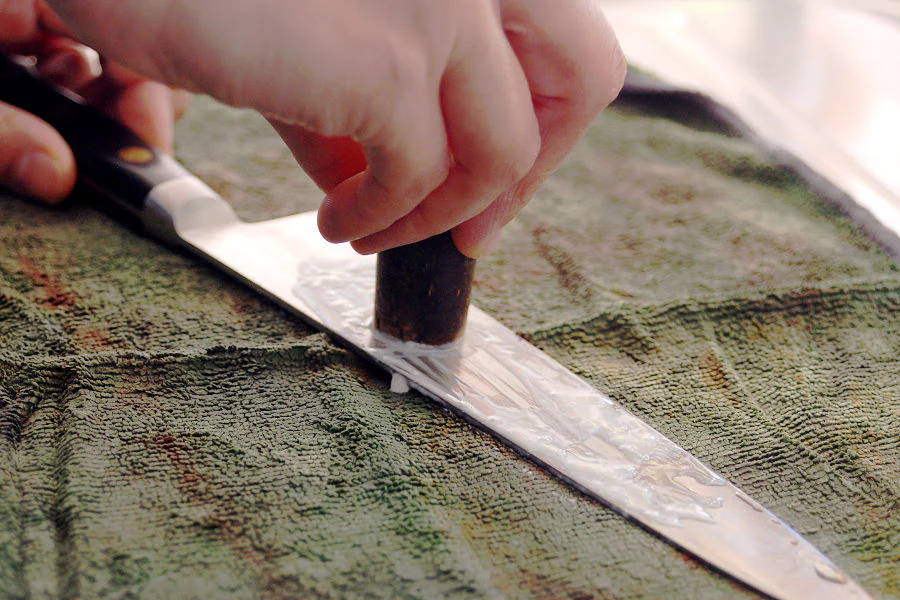
What Causes Rust on Knives?
- Exposure to Moisture: After washing, if they are not dried properly, the iron in the steel will react with the oxygen in the air and result in Iron oxide(rust). This will also occur when knives are stored in damp areas.
- Inappropriate cleaning practices: If the knives, after their contact with food, especially the citrics, are not cleaned properly, your knives will corrode.
- Harsh Scrubs: If the steel blades are regularly cleaned with harsh metal scrubs, the upper protective layer might gradually degrade and make the inner metal prone to rust.
Step-by-Step Rust Removal Process
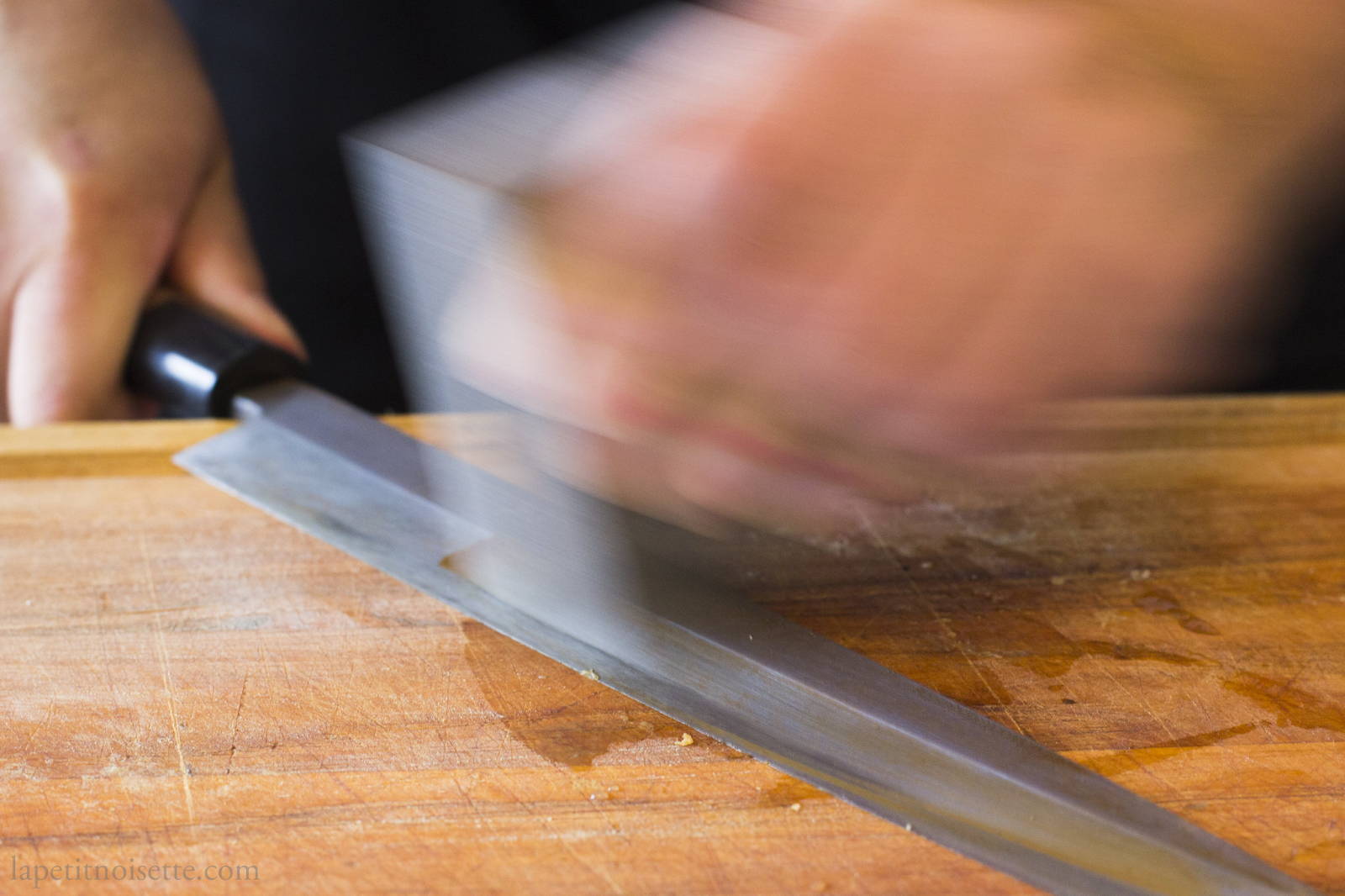
Get your safety gear on
Select a suitable cleaning method
There are various effective options when it comes to corrosion removal; just choose your preferred one from these:
- Vinegar: Take a large glass or other container full of vinegar. Make sure that it can easily accommodate the size of your blade. Put your knife inside and let it soak in for about 30 minutes.
- Lemon and salt: Begin by applying the salt on the rust spots and then pour lemon juice all over the blade. Keep your knife covered in this mix for about an hour or two.
- Baking soda paste: Make a thick paste by blending baking soda with water. Settle this mixture on rust stains and let it sit for approximately 45 minutes to an hour.
Perform Scrubbing
After waiting for the suggested time frame for each method, get a non-abrasive scrubbing pad for getting rust off knives. Be gentle to avoid harming the blade’s surface. If some of the stains are hard to remove, use a soft brush, but only for effective areas.
Clean and Rinse
Dry the knife
Pat it dry using a cloth or paper towel to entirely remove moisture from it.
Protective layer
Once you clean rust off the stainless steel and are done with the drying process, use food-grade mineral oil to apply a layer of protection to the knife. Do not use excessive lubricant; if the quantity exceeds the required amount, wipe it away with a towel.
Prevention of Rust Recurrence
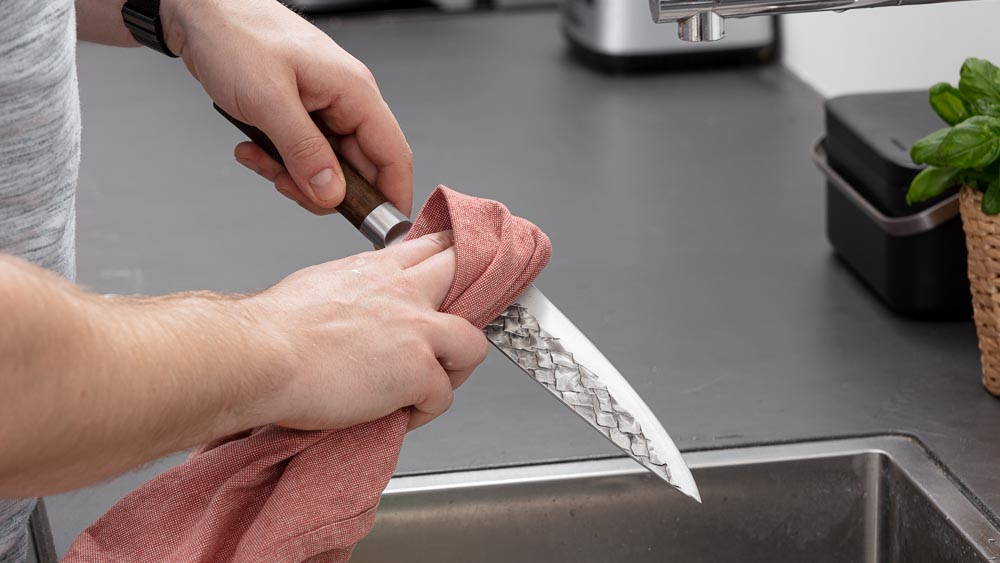
- Cleanse after every use: No matter how frequently your knives are being used, immediately wash them right after accomplishing your cutting chores. The food residue, especially acidic ingredients like tomatoes and oranges, can rapidly provoke corrosion.
- Use blade holders: Using blade guards, you can protect the knife's edge while also preventing contact with other utensils- one of the causes of nicks and damage liable for promoting rust. Use our accessories, such as Yakushi™ Premium Knife Holder and Yakushi™Wall-Mounted Knife Holder, to keep them safe.
- Oil the blade: By occasionally applying a layer of knife-specialized food-grade oil, you can safe the blade from potential reactions with moisture and oxygen.
- Regular inspection: Rust does not immediately cover the entire blades; the growth is gradual. It begins with small reddish-brownish spots and keeps growing until this process is intervened or reversed. If regular inspection is being practiced to identify the signs of decay, you can restrict its spread as you remove rust from kitchen knives at a very early stage.
- Store mindfully: Before you keep your knives after washing, make sure they are absolutely dry. The storage area must also be hygienic and dampness-free.

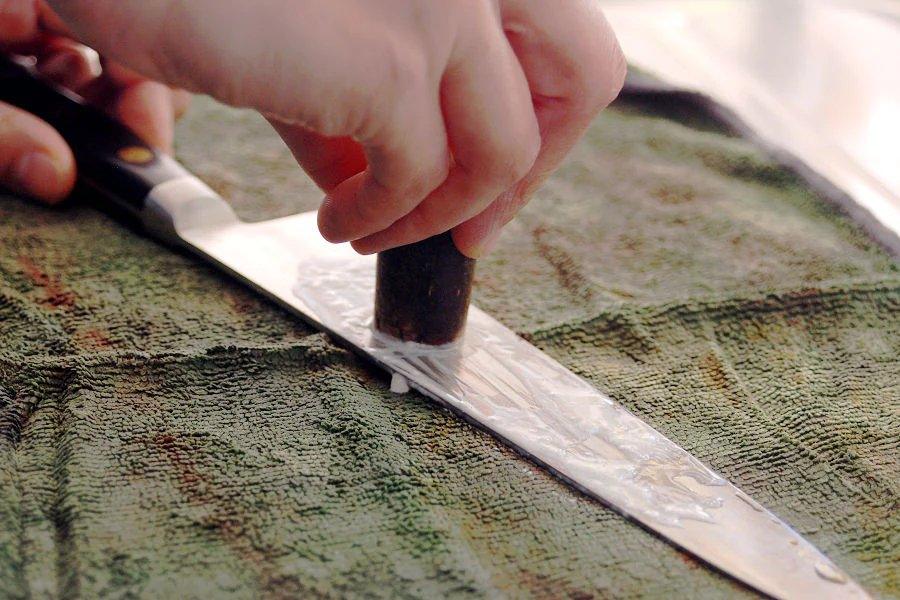
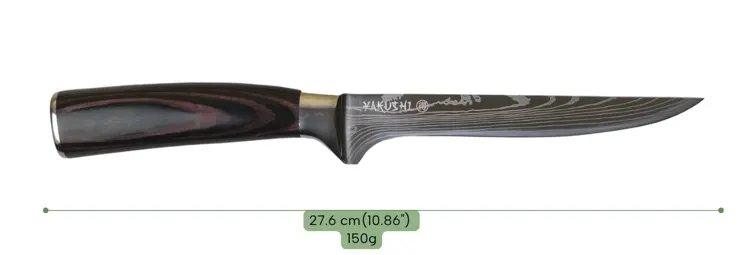
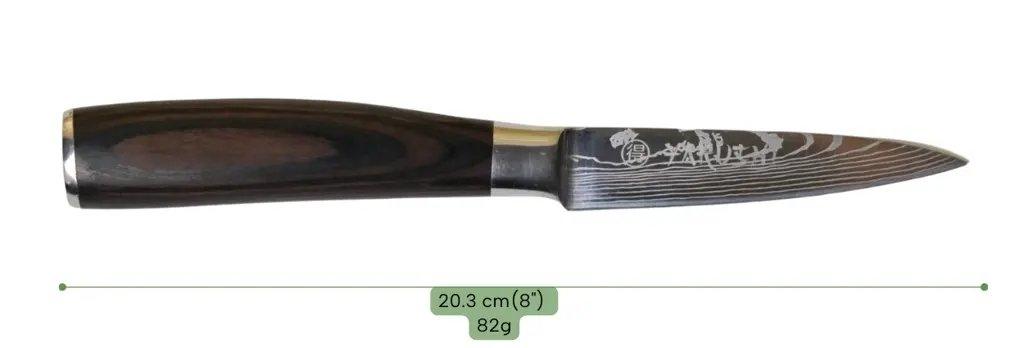
Leave a comment
This site is protected by hCaptcha and the hCaptcha Privacy Policy and Terms of Service apply.